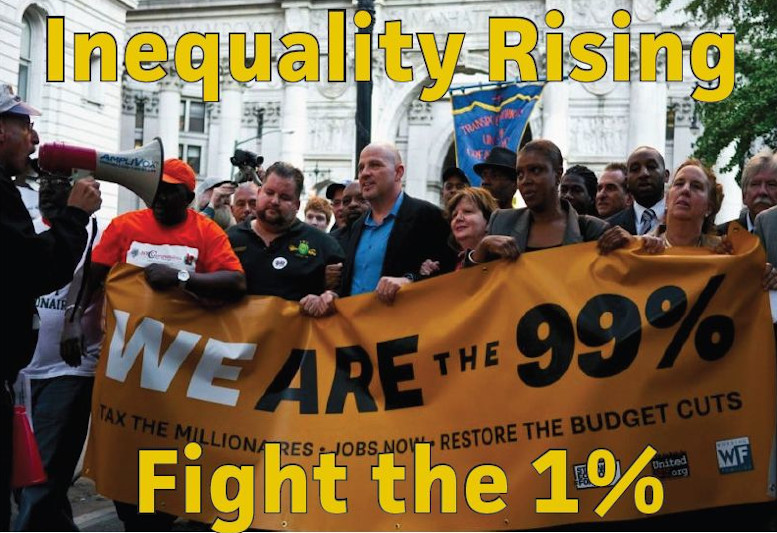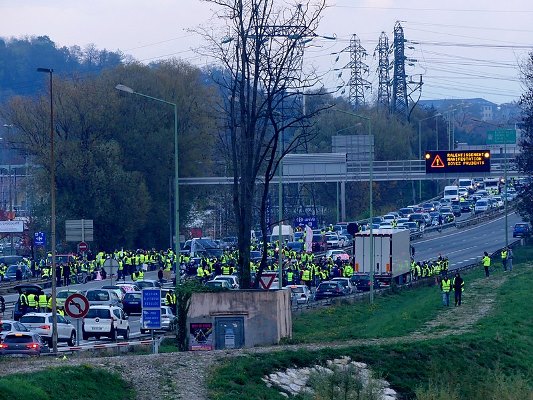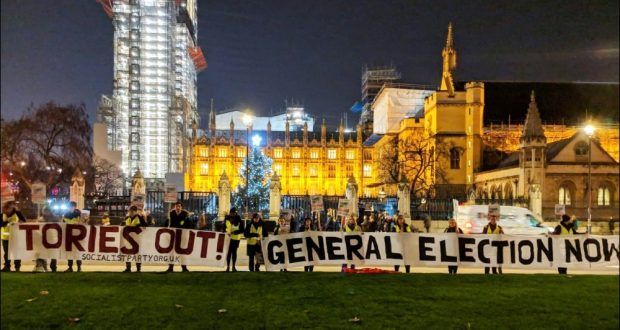Inequality is a cancer that eats away at individuals and society. Inequality is spreading rapidly across Canada. It is associated with the premature death of 40,000 Canadians a year. Inequality hits women, Indigenous people and recent immigrants hardest.
Women working full-time earn 73.5¢ for every dollar men make. Canada’s gender pay gap averages $8,000 a year, worse than most comparable countries. Indigenous people get an even worse deal in Canada. In 2010, the average income on reserves was $18,586 and $30,266 off reserves, compared to the overall average of $41,052.
But the rich are doing well. The highest paid 20% of Canadians gets 39% of total income. This share has increased since 1990, while all the rest of society has lost income share.
Inequality of wealth is even worse. The richest 10% of Canadians individual worth of by 41%, $620,000, between 2005 and 2013. They have 48% of all wealth, while the poorest 50% have only 5.5%.
The top percentile of wealthy Canadians captured a whopping 37% of income growth over the past three decades, more than any other country except the United States.
In 1977, the richest 1% received 7.7%, of total incomes; by 2007 they had doubled their share to 13.8%.
Real incomes for about two-thirds of households in 25 advanced economies, including Canada, were flat or fell between 2005 and 2014. This comes on top of the real median wage only increasing by $2 since the mid-1980s.
In recent years there has been increased reporting of the growing stagnation of young people’s prospects. Sometimes it is claimed that baby boomers have robbed young people. Young people now face exorbitant education costs and poorer employment prospects than in the past. Youth unemployment is double the Canadian average. Many young people have low-paid and insecure jobs. Today people between 25 and 34 years old working full time make $4,200 less per year than youth did 30 years ago, adjusted for inflation.
How did this happen?
Inequality is determined in the boardrooms and politicians offices. Businesses decide to force two-tier contracts with lower pay for new starters. Government decides to give tax cuts to the rich and then cut the money for students, the unemployed and public services. Governments hold down the minimum wage. Government and business have attacked unions, so weakening workers’ protections.
Blaming baby boomers is another attempt at divide and rule, as it hides the real culprits the 1% and their political friends.
Inequality is a political decision. We need a political party that will fight the 1%.



